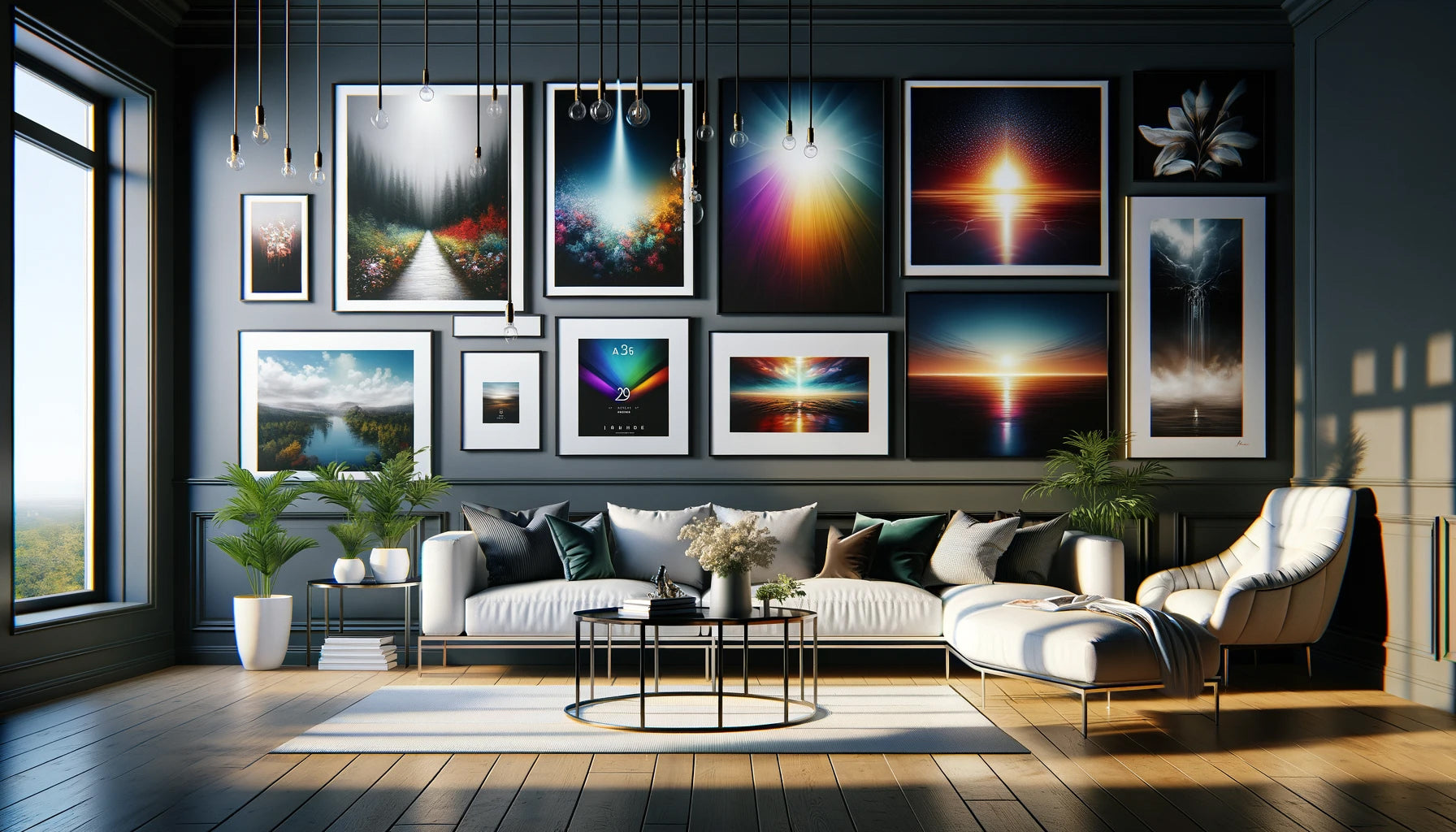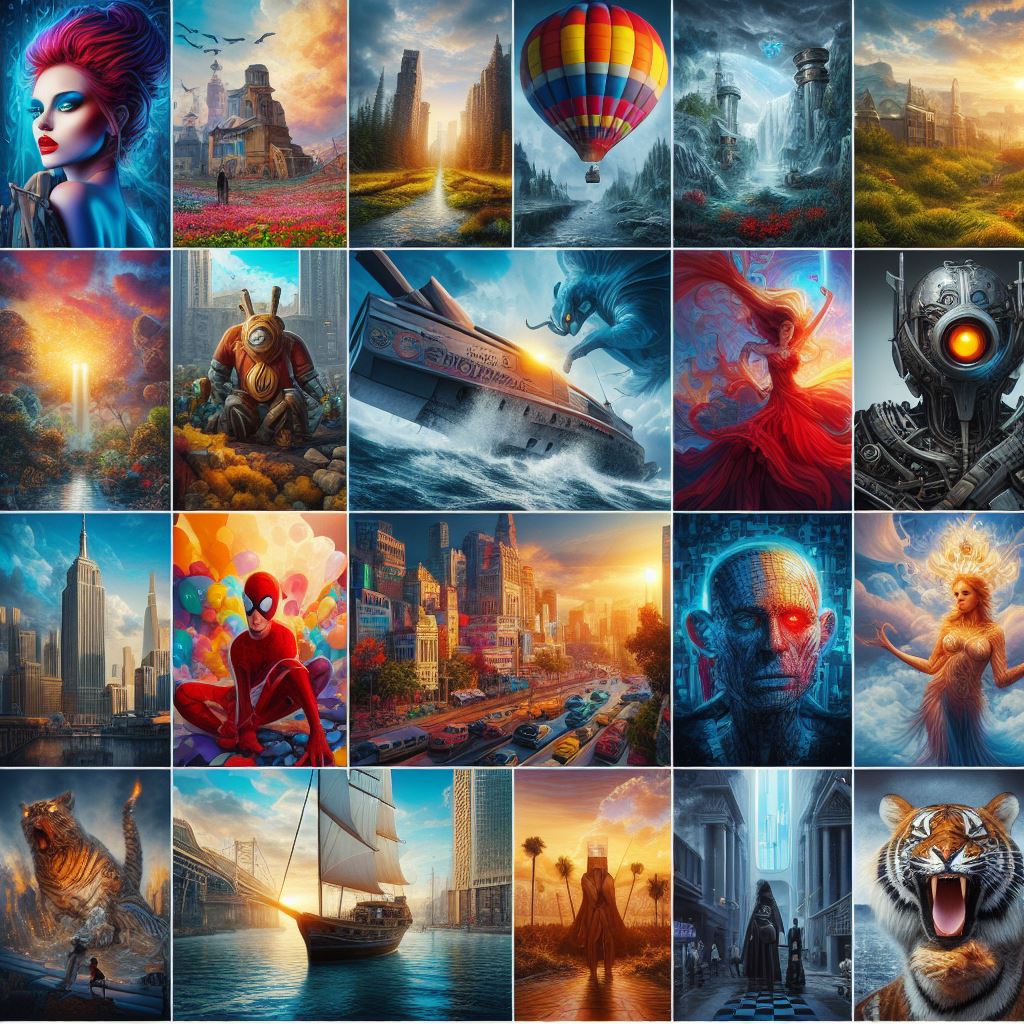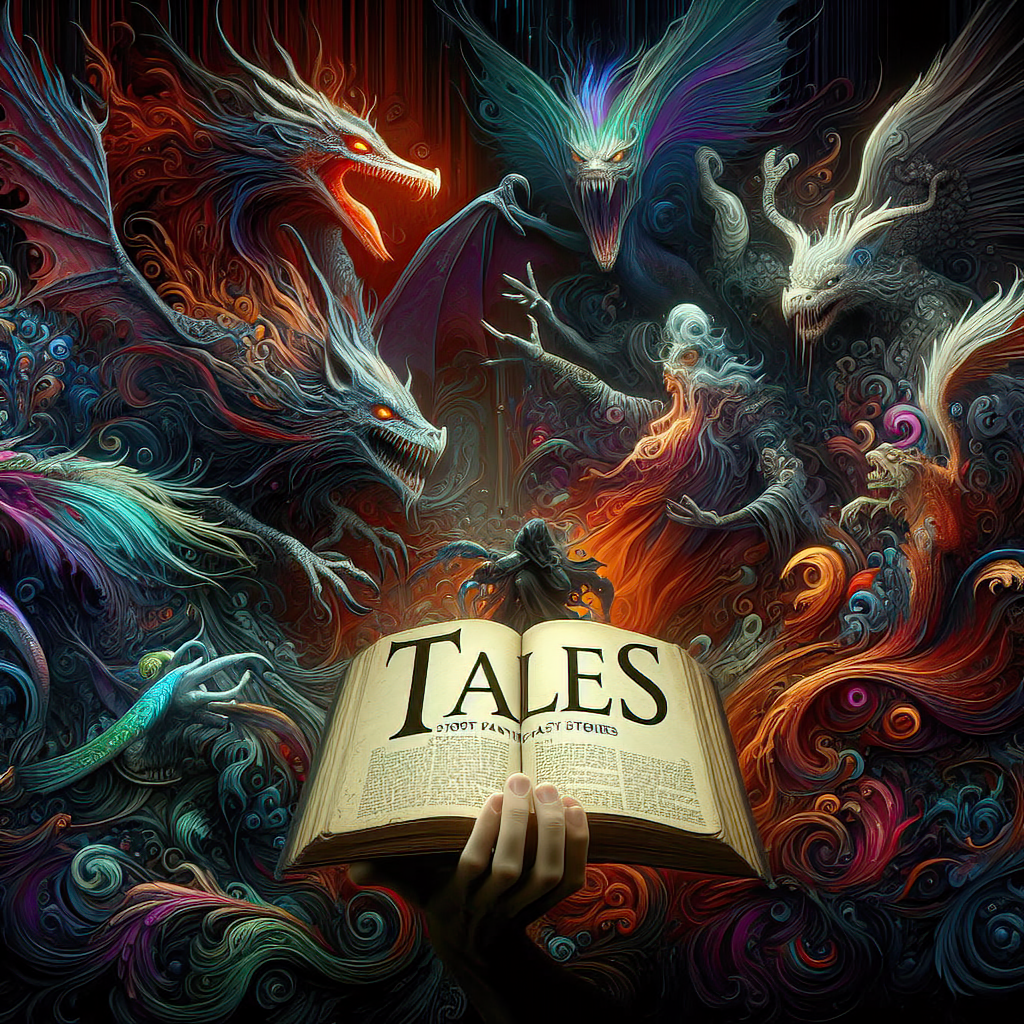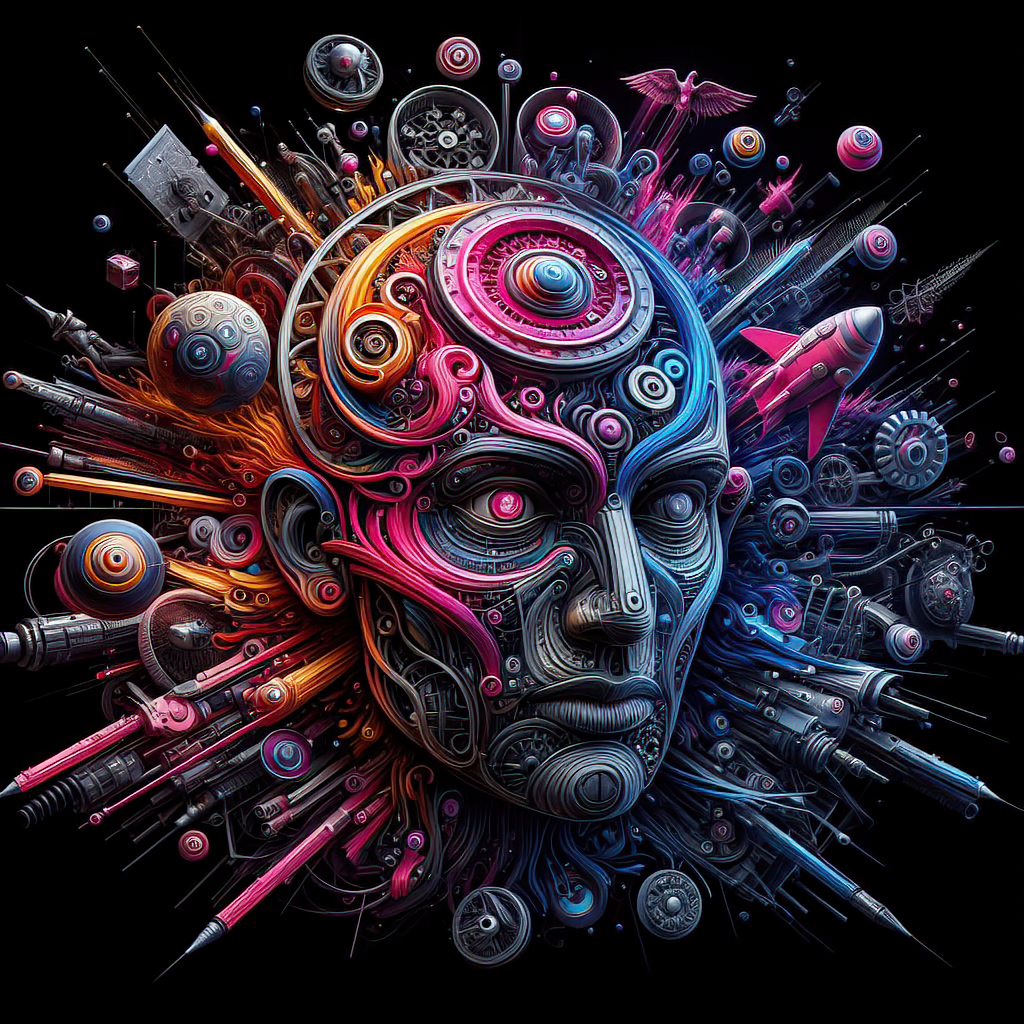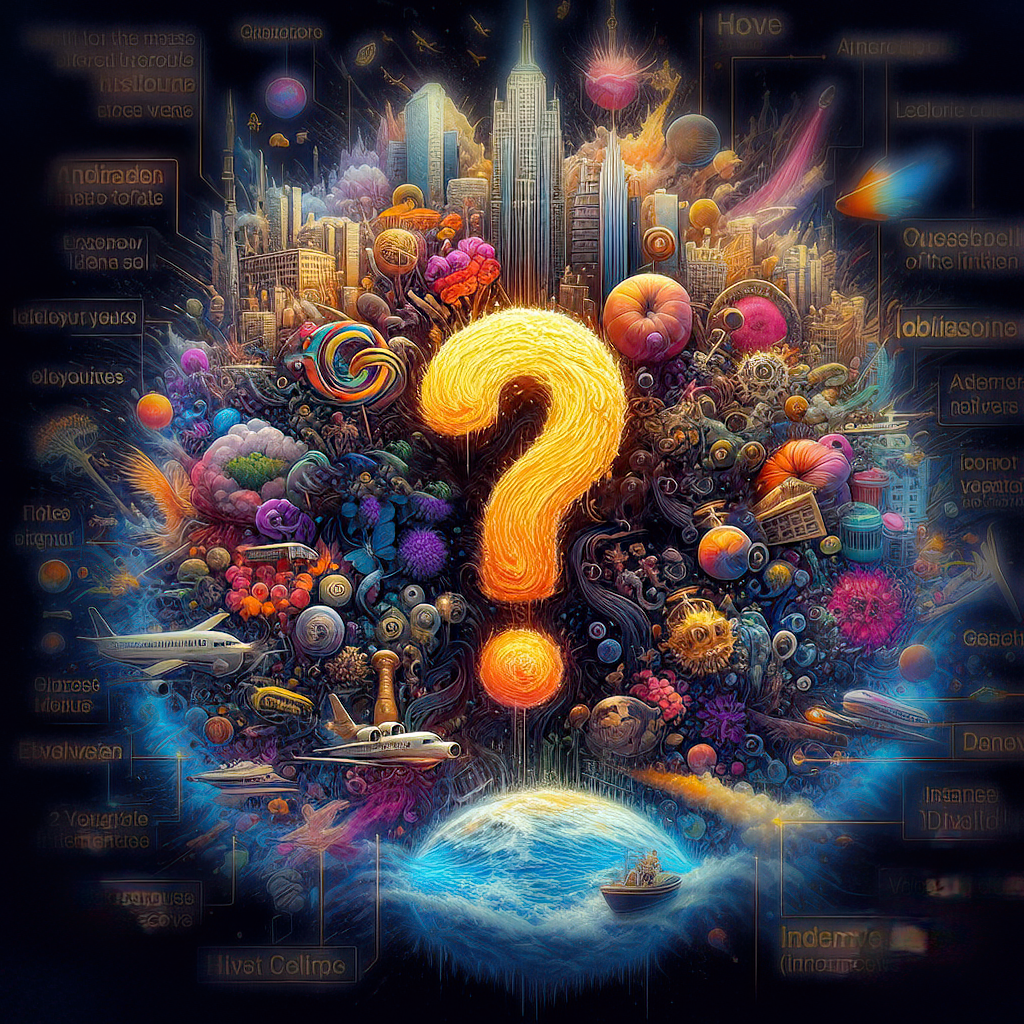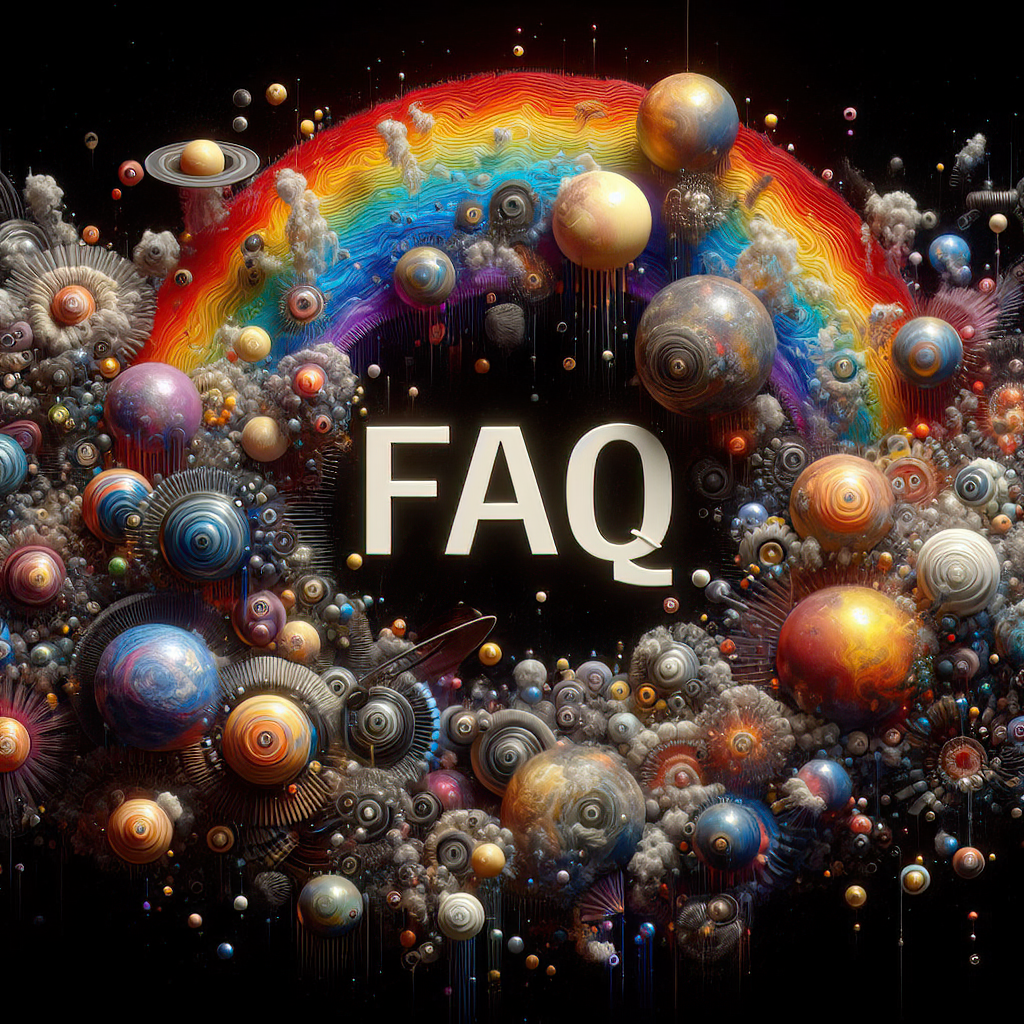
by Bill Tiepelman
Color Palettes for Writing
Color Palettes for Writing: Yes, It’s a Thing As writers, we often think of storytelling in terms of words, sentences, and structure. But here’s a little-known secret: color can be just as powerful a tool for shaping your story. From setting the mood to representing characters, color palettes are a fun and creative way to enhance your writing process. And no, you don’t need to be an artist or designer to use them effectively. Let’s explore how thinking in color can open up new dimensions in your storytelling and give you practical ways to incorporate color palettes into your writing process. Why Color Palettes Matter Color is deeply tied to emotion and symbolism. When you think of red, you might feel passion or danger. Blue? Calm or sadness. These associations aren’t just cultural—they’re universal. Incorporating color palettes into your writing allows you to: Set the Mood: Use colors to influence the tone of a scene or chapter. Enhance Worldbuilding: Assign specific palettes to settings or cultures to make them more immersive. Define Characters: Associate characters with particular colors to reflect their personalities or arcs. Visualize Your Story: Create a cohesive “look” for your narrative, which is especially useful for marketing or adaptation purposes. Step 1: Start with Your Story’s Themes Before diving into colors, think about the overall themes and emotions of your story. Is it a dark thriller with undertones of tension and fear? A whimsical fantasy full of wonder and magic? A heartfelt romance steeped in warmth and intimacy? Your story’s themes will guide your choice of color palettes. For example: Thriller: Dark tones like black, deep red, and steel gray can evoke danger and mystery. Fantasy: Vibrant greens, golds, and purples can create a sense of magic and adventure. Romance: Soft pinks, warm reds, and creamy whites can convey love and intimacy. Jot down a few words that describe your story’s essence. These will serve as your “color keywords.” Step 2: Build Palettes for Settings Settings play a huge role in storytelling, and giving each location its own color palette can make it feel distinct. Think about how real-life places have unique vibes: the golden glow of a beach at sunset versus the muted grays of a rainy city. Capture that same energy in your writing. For example: The Enchanted Forest: Emerald greens, earthy browns, and glowing golds. The Villain’s Lair: Deep purples, harsh blacks, and flickering oranges. The Small-Town Café: Warm yellows, soft blues, and pops of red from vintage decor. You can even use online tools like Coolors or Adobe Color to generate palettes that match your vision. Save them as references to keep your descriptions consistent. Step 3: Assign Colors to Characters Color is a fantastic way to define characters and give them visual identities, even if they only exist on the page. Ask yourself: What’s their dominant personality trait? (A fiery character might be associated with red.) How do they evolve? (A timid character’s palette might shift from soft pastels to bold, confident tones.) Do they have signature items or clothing? (A villain’s blood-red cape or a hero’s golden shield.) For example, you might assign: The Hero: Crisp blues and whites for purity and hope. The Love Interest: Warm peaches and soft pinks for affection and charm. The Antagonist: Smoky grays and sharp reds for menace and danger. These colors can inform your descriptions, helping readers form vivid mental images of your characters. Step 4: Use Colors to Set the Mood Colors are a shortcut to emotion. If you’re writing a tense scene, think about how dark, shadowy colors might reflect that unease. If it’s a joyous moment, consider the bright, lively tones of a festival or a sunny meadow. Here’s how colors can influence mood: Sadness: Muted blues and grays create a sense of melancholy. Happiness: Bright yellows and greens evoke energy and optimism. Fear: Deep blacks and sickly greens add tension and dread. When describing a scene, keep your palette in mind. You don’t have to explicitly mention colors, but you can use them subtly through objects, lighting, or atmosphere. Step 5: Create a Visual Reference Once you’ve chosen your palettes, consider creating a visual reference for yourself. This could be a simple mood board with images and colors that capture your story’s vibe. Tools like Canva, Pinterest, or even physical collages are great for this. For instance, if your story is set in a coastal town, your reference might include photos of sandy beaches, pastel houses, and ocean waves in varying shades of blue and green. Refer back to it whenever you’re writing to keep the atmosphere consistent. Step 6: Incorporate Colors into Marketing If you’re planning to publish your story, your color palettes can extend beyond the page. Use them for your book cover, social media graphics, and promotional materials to create a cohesive brand for your story. Readers will start to associate those colors with your work, making it more memorable. Final Thoughts Color palettes might seem like an unconventional tool for writers, but they’re a powerful way to enhance your storytelling. From creating vivid settings to defining characters and setting the mood, thinking in color can unlock new creative possibilities. So go ahead—think outside the box, experiment with color, and watch your story come to life in ways you never imagined. Bring Your Story’s Colors to Life with Professional Design Color isn’t just a tool for writing—it’s a gateway to creating a vivid, immersive world that captivates readers. Imagine using carefully crafted color palettes to shape your narrative and enhance your book’s visual appeal. Whether you’re designing a cover, developing marketing materials, or creating a mood board for inspiration, we’re here to help! At Unfocussed Photography and Imaging, we specialize in turning your story’s essence into stunning visuals that bring your work to life. Let’s collaborate to create colors that inspire your words and resonate with your audience. Custom Color Palettes: Work with our experts to develop palettes tailored to your story’s themes and tone. Visual Story Design: Elevate your project with cohesive graphics and visuals inspired by your narrative. Marketing Integration: Use your color palettes to design book covers, promotional materials, and social media content. Your story deserves colors that speak as powerfully as your words. Let’s create something unforgettable together. Explore our services today and bring your storytelling to a whole new level!
